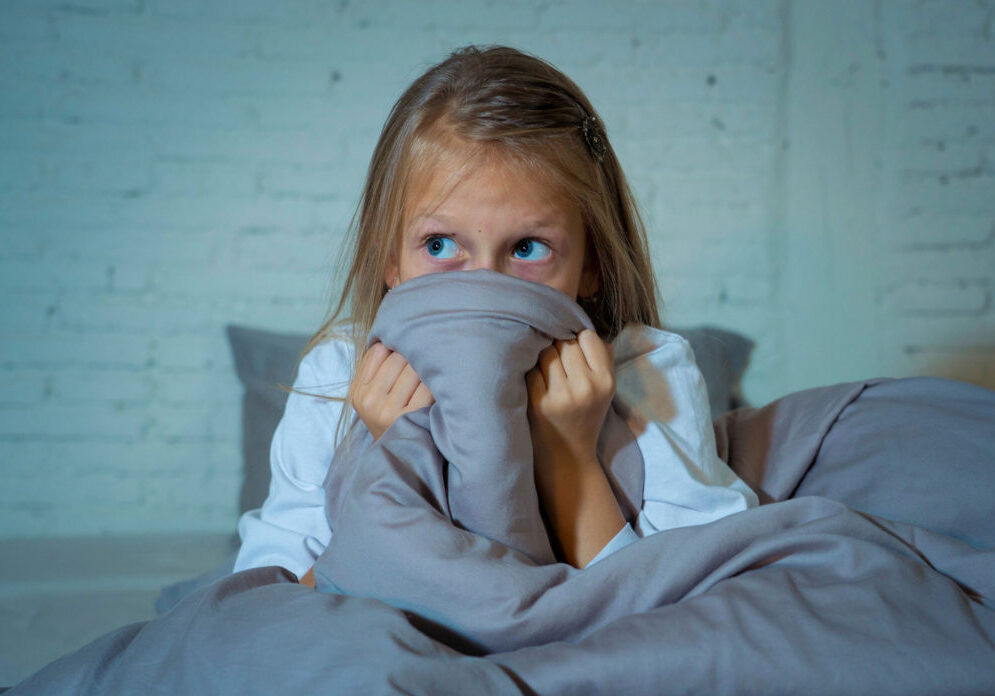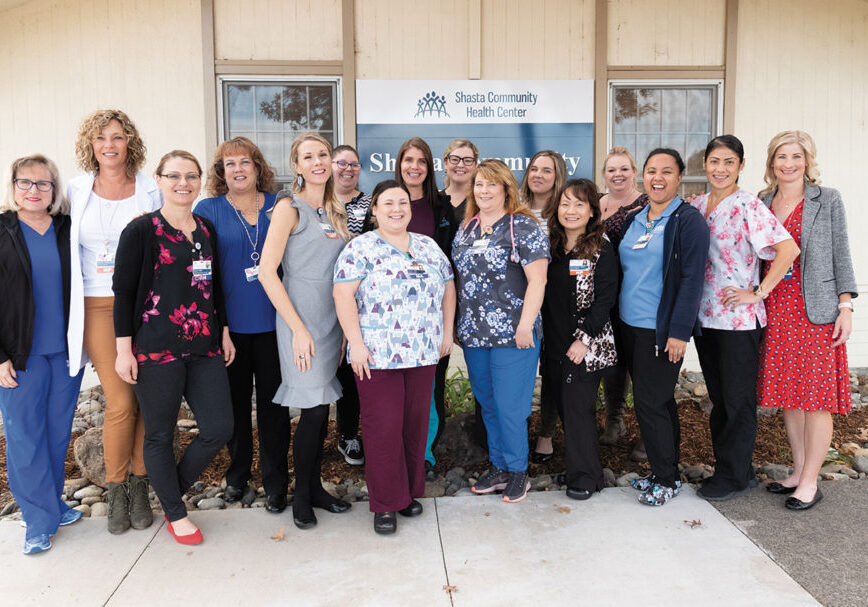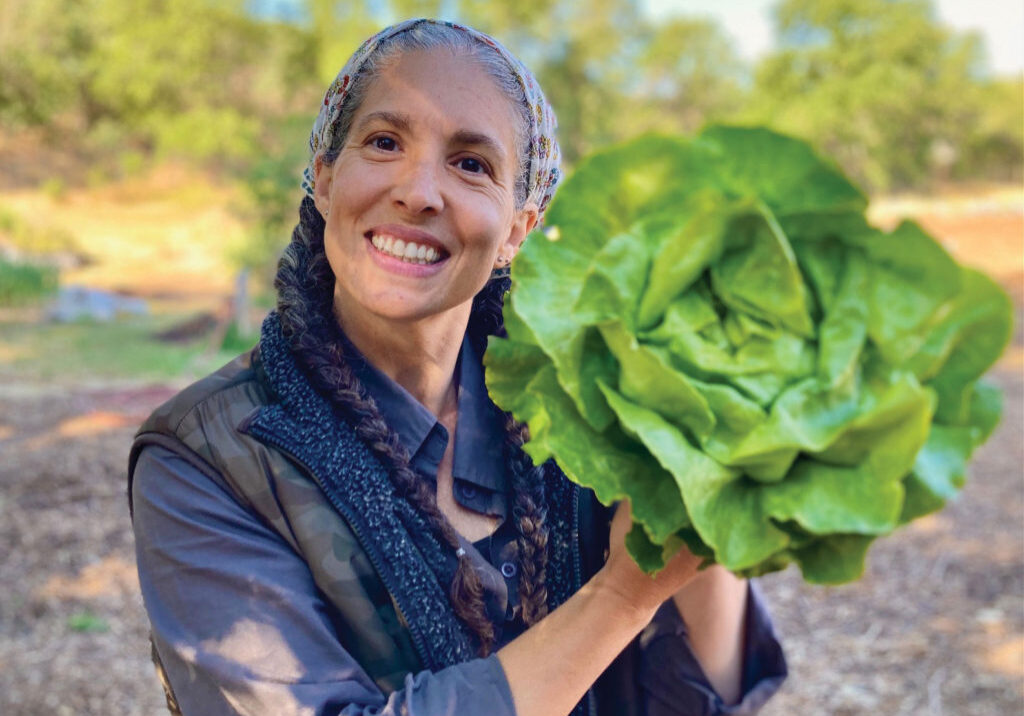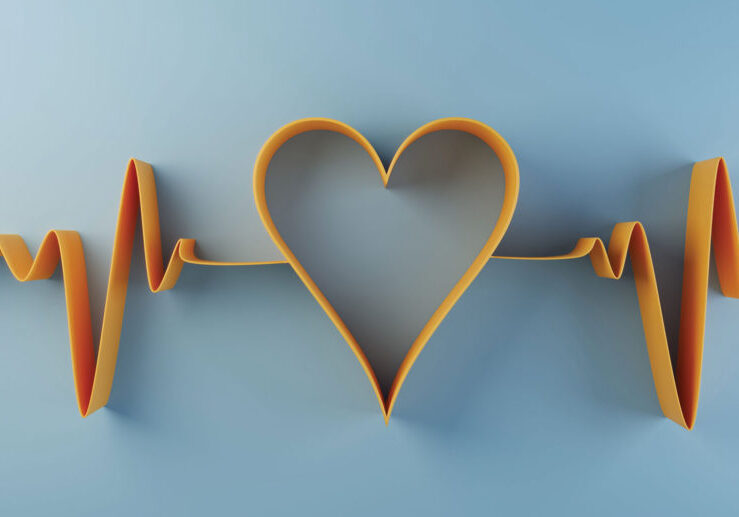Health, Safety, and Learning
Are our kids going back to school this year? That looming question has been on the minds of parents all summer long. With many schools just days away from reopening, the answer is, yes, but this year back-to-school will look remarkably different! Because of increased numbers of COVID-19 cases, some counties that were planning on offering both online and in-person instruction are on the state’s “watch list,” meaning they may have to postpone the in-person options until the numbers of cases go down.
While the COVID-19 pandemic remains active in California, school leaders have been busy studying guidelines from the California Department of Education and the California Department of Public Health. They have been keeping a vigilant watch on virus contagion data, consulting county Public Health officers, surveying parents and deliberating on the safest way to reopen schools. There is a lot to consider assuring the safety of our children, so there will be new health, safety and learning options in every county.
After public school campuses were closed this past spring, the California Department of Education developed a comprehensive guidebook to help educators reopen safely. Stronger Together: A Guidebook for the Safe Reopening of California’s Public Schools covers health and safety practices, instructional programs and models, student and staff mental health and well-being, early learning and care, school services such as transportation and meals, and more.
The California Department of Public Health also created COVID-19 Industry Guidance: Schools and School-based Programs. With these two guides in hand, schools throughout the North State have been working to tailor reopening plans specifically for their unique student bodies.
Shasta County Superintendent of Schools Judy Flores says, “Each charter school and school district needs to apply California Department of Public Health guidance. But because each of our schools is unique in its student size, facilities, staff, and resources, how exactly that might look on each campus will be different.” For example, in Shasta County, groups of students with an assigned primary teacher will stay together, so they are exposed to fewer people each day.
Judy explains that student assessments will also help get everyone on track academically for the new year. “Distance learning created differences in learning and support. Teachers and other support staff will be assessing students to determine where gaps may exist so we can help fill those gaps and accelerate learning.”
Renee Menefee, executive director of Early Childhood Services for the Shasta County Office of Education, says changes for starting preschool include an online application and enrollment process and emphasize minimizing personal items, such as backpacks, that travel between home and school. “We’re asking families to send a snuggly blanket to keep at school all year. We also ask that parents wear a mask during drop-off, and we’ll be using an electronic sign-in process, all designed to minimize potential virus exposure.” She says school days will begin with taking each child’s temperature at the door and asking about any illness symptoms.
Chrysalis Charter School in Palo Cedro, CA, was one of the first sites to publish a reopening plan. “I am proud of our team for their quick, on the ball response to the need to create a reopening plan,” says Irene Salter, school administrator. “I wanted parents to end the last school year with a model for what to expect in returning to the classroom, even if it had to change a little. The reopening plan is flexible and able to accommodate changing needs as they happen in the coming months.”
Richard Duvarney, Tehama County superintendent of schools, says, “After many parent surveys, it has become apparent that our families want their children back to school in the traditional five day a week track. We are trying to honor that while taking every safety precaution.”
With around 12,000 students, Chico Unified School District included parent input from multiple surveys to craft a careful, adaptable reopening plan. On July 15, the CUSD Board approved a plan that offers parents a choice of online learning or a new in-person classroom model that will have half of the students attending class in the morning and half in the afternoon, five days a week. However, this plan is now on hold, as Butte County was placed on the state’s watch list on July 24.
If the county goes off this watch list before school is set to open, students will still have the option of online or in-person learning.
In-person learning features modified classrooms to create social distancing with desk placement. Classrooms will be cleaned and disinfected after each group of students departs. Teachers, school staff and students will be required to wear face coverings and students will be provided masks if they don’t have one. Daily wellness checks include a mandatory, no-touch temperature screening at a single point of campus entry.
If Butte County is still on the watch list when schools reopen, parents can place their children in independent study or enroll them in the online Oak Bridge Academy for students in grades K-12. Oak Bridge is structured learning using a curriculum designed especially for online educational success. Hours of daily attendance differ for elementary and secondary students, and all students are assigned a teacher to guide them. Students will attend online Zoom classes with teachers and students, submit homework online and have weekly teacher check-ins. Parents will receive regular teacher feedback.
Chico Oaks Adventist School Principal Leslie Bartsch had planned on offering in-person classes, and has also planned for the switch to distance learning if campuses must be closed. With in-person instruction, she says, “Our focus on educating the whole child, academically, spiritually, physically and socially is best accomplished when students and teachers can be together. As a small school, we can limit our class sizes and our students have fewer classmates to share germs with. We’re planning to use outdoor spaces as much as possible.”
Director Michelle Yezbick of Chico’s Sherwood Montessori says that if the campus must be closed, all students will be working with the online learning option the school has already put in place: “We will have students at home use a ‘tech buddy system’ that has been working for our Montessori friends in other areas. Students at home will join the classroom via technology, and work at home will resemble work at school as much as possible.”
California State Universities and community colleges such as Butte College, College of the Siskiyous and Shasta College will resume instruction with almost all courses being online. Students that require in-person education like nursing, EMT and fire science will be notified of class safety protocols. Peter Griggs, director of marketing at Shasta College, says, “Our instructors continue to find new and innovative ways of connecting and communicating personally with students to help them succeed in achieving their goals. Community college students will continue to earn degrees and certificates and prepare to transfer by completing undergraduate requirements for CSU, UC or private colleges.”
North State Back-to-School 2020-2021
Plans that are in place today may change rapidly to make sure that children, teachers and staff are safe, and learning continues. Be sure to check frequently with your child’s school for up-to-date back-to-school health requirements, procedures and opening dates.
BUTTE COUNTY
Start Dates: 8/17-8/24
Butte County Office of Education
(530) 532-5650
Butte College
(530) 895-2511
GLENN COUNTY
Start Dates: Not published – contact your school.
Glenn County Office of Education
(530) 934-6575
TEHAMA COUNTY
Start Dates: 7/29-8/19
Tehama County Office of Education
(530) 527-5811
SHASTA COUNTY
Start Dates: 8/10-24
Shasta County Office of Education
(530) 225-0200
Shasta College
(530) 242-7500
SISKIYOU COUNTY
Start Dates: 8/17-24
Siskiyou County Office of Education
(530) 842-8400
College of the Siskiyous
(530) 938-5555
Some critical health and safety precautions that schools are adopting:
- Face Coverings: Per a directive from Governor Newsom, students in third grade and up are required to wear a mask. Masks are encouraged for students in second grade and under. Cloth masks or face shields will be worn by teachers and campus staff. Cloth masks and gloves will be worn by food services and office staff in contact with the public.
- Social Distancing: Classrooms will be modified to maintain space between desks, tables, and classroom equipment. Class sizes may be reduced.
- Healthy Hygiene: Students will be reminded to cough or sneeze into their elbow and frequently wash their hands for 20 seconds with soap. Students will have access to hand sanitizer on campus and in classrooms.
- Limited Sharing of Objects and Equipment: Toys, games, art supplies and other classroom equipment will not be shared to the extent practical. Any shared items will be cleaned between uses.
- Daily Cleaning and Disinfection: Buses and frequently touched school surfaces including light switches, door handles, sink handles, bathroom surfaces, tables, desks and chairs will be cleaned and disinfected daily or more often.
- Cleaning Products: Schools will use products approved by the Environmental Protection Agency for use against COVID-19.
Posted in: Health & Nutrition
Comment Policy: All viewpoints are welcome, but comments should remain relevant. Personal attacks, profanity, and aggressive behavior are not allowed. No spam, advertising, or promoting of products/services. Please, only use your real name and limit the amount of links submitted in your comment.
You Might Also Like...

How To Support a Friend Through Divorce
The first time I attended the wedding of a friend, I knew exactly what to do. I brought a gift, set it on the gift table, and sat on the […]

Childhood Nightmares Are Normal
It’s the middle of the night and you’re in a deep sleep. You hear a loud cry of “Mommy!” or feel a touch on your arm. At first you’re not […]

Brace Yourself! Six Ways To Straighten Your Child’s Smile
If it’s been a few years since you’ve worn braces, you’re in for a surprise. A wide variety of alternatives – many introduced in the past decade – make braces more attractive and […]

Shasta Community Maternity Center
A Warm Hug of Services The healthcare team at Shasta Community Maternity Center wants every woman to feel as though she’s wrapped in a warm hug of quality services each […]





